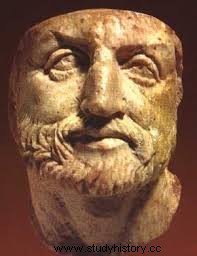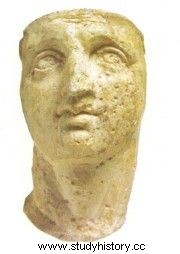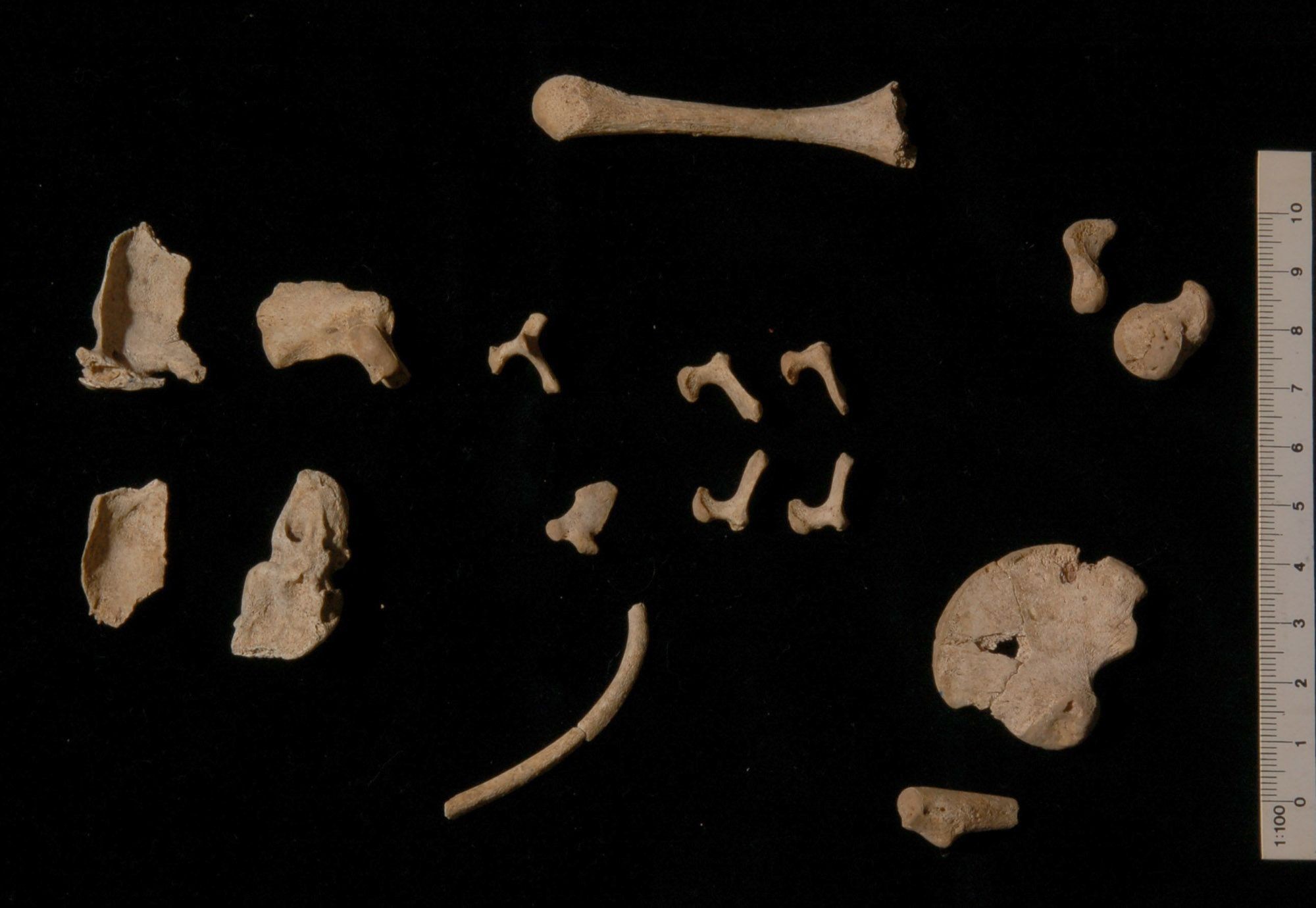 he was King of Macedonia from 360 to 336 BC, famous for his military tactics and for initiating expansionism towards Asia that his son Alexander the Great will inherit and continue successfully, after the assassination committed by Pausanias in 336 BC. The main characteristic of King Philip II was undoubtedly that of a great warrior . Numerous are his victories in battle and imitated his military techniques (see «The reform of the infantry in the 4th century BC:from Iphicrates to the Macedonian phalanx» by Nick Sekunda and »The Macedonian Cavalry» by Jorge Juan Moreno Hernández) that Alejandro would later perfect. Such were the battles and the size of him, which were reflected in Philip's own body. Numerous were the war wounds , of which an arrow that pierced his right eye stands out, causing him to lose it and the limp caused by a spear in the leg.
he was King of Macedonia from 360 to 336 BC, famous for his military tactics and for initiating expansionism towards Asia that his son Alexander the Great will inherit and continue successfully, after the assassination committed by Pausanias in 336 BC. The main characteristic of King Philip II was undoubtedly that of a great warrior . Numerous are his victories in battle and imitated his military techniques (see «The reform of the infantry in the 4th century BC:from Iphicrates to the Macedonian phalanx» by Nick Sekunda and »The Macedonian Cavalry» by Jorge Juan Moreno Hernández) that Alejandro would later perfect. Such were the battles and the size of him, which were reflected in Philip's own body. Numerous were the war wounds , of which an arrow that pierced his right eye stands out, causing him to lose it and the limp caused by a spear in the leg.

Possible location of the tomb of Philip II
There are many reasons that authors of classical literature allude to regarding the assassination of Philip II (see « Who killed Philip?» by Eduardo Kavanagh), but there is no doubt that Pausanias was his murderer and Alexander the beneficiary .
The halo of mystery that surrounds the death of Philip II continues to this day. The fact is, that at the moment no light is shed on the reasons but it is known where his grave is located, or so we thought...
The controversy is served

A new investigation at the hands of Juan -Luis Arsuaga and Antonis Bartsiokas In the funerary complex of Vergina (Greece), made up of three main funerary structures, the tomb of Philip II has been located together with his second wife Cleopatra and his newborn son in Tomb I. The controversy arose because the king's remains had traditionally been placed in Tomb II because it was consistent with the classical literary tradition and because of the rich trousseau in frescoes with scenes of Philip and Alexander , royal crowns and chests with the argeada star. In addition, the funeral act that authors like Justino relate, was by incineration.
The recent article published in the Proceedings of the National Academy of Sciences (PNAS) by Arsuaga and Bartsiokas dismantles the theories put forward so far. They investigated anthropologically Tomb I, whose funerary structure is heroic in appearance and not real. They discovered that inside there were 3 individuals of approximate ages similar to the family of Philip II. Individual 1 (male) 45 years old, individual 2 (female) 18 years old and individual 3 (undetermined) between 41-44 weeks.


The reasons for placing in this tomb to the father of Alexander the Great , are the war injuries of him. Although only one of them is appreciated. Individual 1 has a massive ankylosis in the knee of the left leg that would cause a limp in life, a characteristic that was clearly identified to Philip. In addition, in the cervical area adhered to preserved parts of the skull, according to the researchers, torticollis can be seen, typical of someone who has had to make an effort to walk with a bad leg. But these data are not 100% decisive .

The left leg of the individual can be seen in the photograph 1 with ossified coating typical of ankylosis around a hole that crosses the knee from left to right. Arsuaga and Bartsiokas defend that the hole was caused by the famous spear that pierced the leg. Philip II three years before his death.
Manyphysical anthropologists disagree with the diagnosis, since the hole should be completely ossified given the slow healing time and the number of years that have elapsed since the accident. Other researchers adept at the traditional Tomb II theory , look back at the classical texts, and argue that no mention is made of which part of the leg the spear pierced, and they recall that Philip was cremated and not buried. In their defense, Arsuaga and Bartsiokas accuse the literary sources of not telling the truth, in particular those of Justin, since he was a Roman and wrote the chronicle of the death of the king of Macedonia a posteriori and trying to romanize the funerary act. The Romans practiced cremation or incineration, not burial.
The shock between the traditional archeology of written sources and the scientific archeology of the laboratory is evident in a case like this, which makes it difficult to take sides, since the arguments of both parties are valid, although we do not know if they are accurate.
As an exercise in reflection, it should be analysed… if tradition prevails over reason or if the “name” of researchers prevails over science.
See:Awakening Ferro Ancient and Medieval No. 21:Philip II of Macedon
